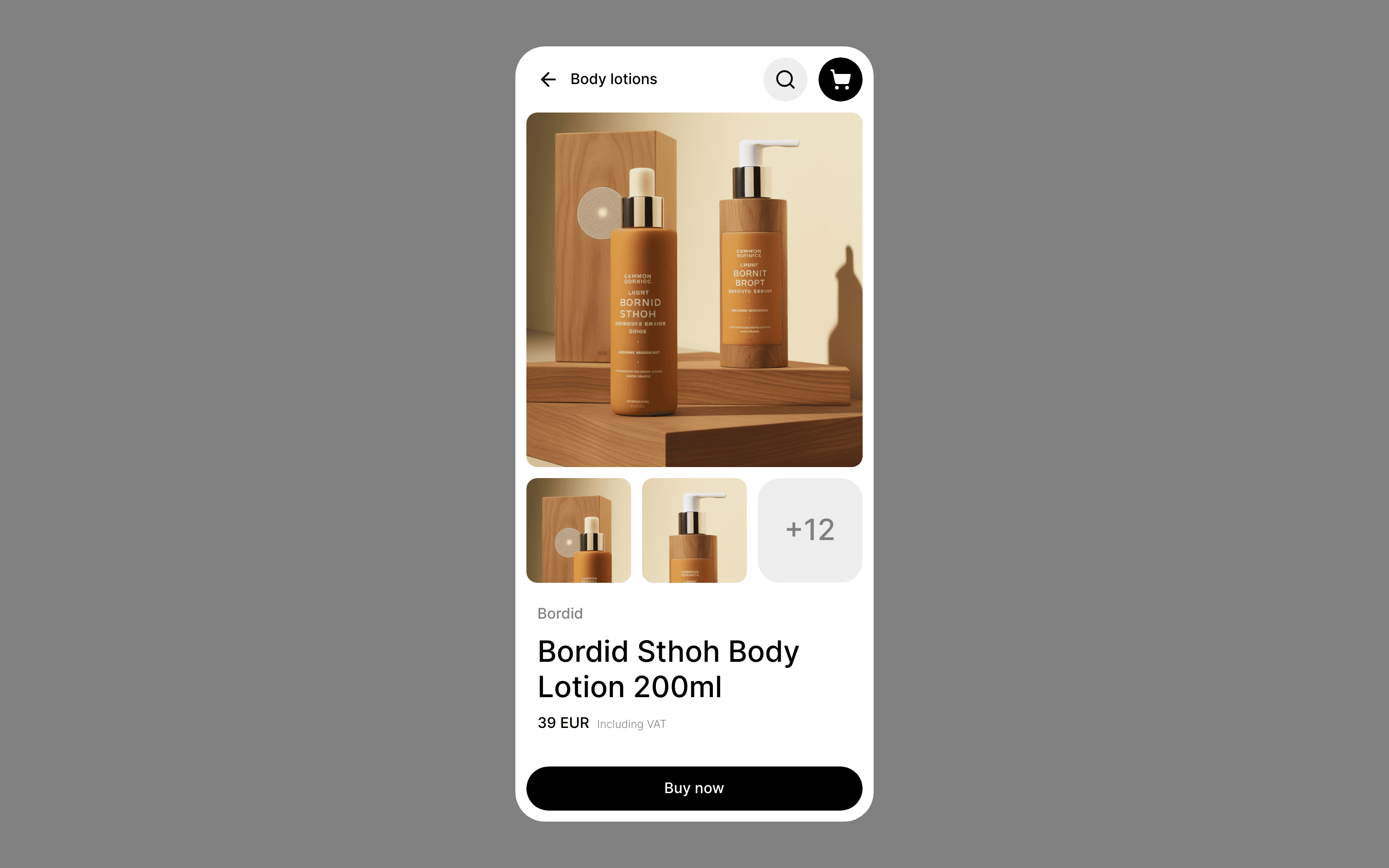Build Design Systems With Penpot Components
Penpot's new component system for building scalable design systems, emphasizing designer-developer collaboration.

medium bookmark / Raindrop.io |
If you are working with lean UX, you need to be creative in your approach and use the resources you have on hand. Obtaining research and feedback from users as early as possible is critical to making rapid decisions early in our design process, and can mean the difference between two or ten iterations on a product. To make this happen, we need a constant stream of users each week which can sometimes be hard to acquire. As any UX designer can tell you, cancellations, meetings, travel, and emails back and forth are inevitable, even with the best-recruiting intentions and practices. So how might we work around the pain of recruiting, scheduling, and no-shows while still gaining quick user feedback?
My team recently took the opportunity to explore new methods of lean user research and experiment with social media as a way to supplement our traditional methods. We already knew that our product’s users were very active on Facebook and involved with the product on that platform, so we decided to meet them where they already were. We hypothesized that tapping into a forum of qualified users on a channel they regularly engaged with would make them more willing to respond to a poll or answer a quick question, as opposed to answering a longer survey via email. This proved an effective way of gaining feedback from real users—with some considerations.
Because social media is accessible everywhere and operates in real time, we were able to take advantage of faster feedback loops between queries and users. Our forum allowed us to post a poll or question and start gaining responses within minutes. This speedy process of quick feedback gathering allowed us to iterate and respond to stakeholder questions quickly, and test out ideas at a speed that we had never been able to before.
Polls turned out to be maybe the most effective method of lean UX using a social media forum. When we kept the instructional text short and simple and survey options limited to 4-5 choices (so that all those precious options stay in view), the results rolled in. However, it is worth noting that users can be biased by seeing everyone else’s answers which may affect their selection.
Designs were trickier and less reliable. Although videos gave a better demonstration of how a user might imagine the experience on their phone, it was hard to set the context needed for a user to be set up to give feedback on a mockup, and many didn’t read instructions before responding anyway. Ultimately, responses were unreliable or unrelated, and users were biased by seeing what others were saying.
Social media also provides a platform for users to interact with each other about the product, giving researchers the unique opportunity to observe behavior between the very audience they are designing for. Interesting conversations spontaneously occur when you have all your users in one place, speaking to each other. They piggyback off of one another’s comments, revealing insights on how their community works and what their needs are. They will start their own conversations and offer their own unprompted feedback, which helps generate new ideas. Themes bubble up in conversation that might not have otherwise occurred, providing researchers insight into the community that may have never come up in a regular survey.
We capitalized on this with one easy and effective move. We simply asked: “why?” While the users were chatting amongst themselves and answering polls, we jumped in and asked “why” as much as possible. We gained not only their responses to our questions but plenty of context around why they felt certain ways about flows and features.
Another great lean UX trick using Facebook was being able to quickly validate our hypotheses. As a precursor to further testing, we were able to support our initial hypothesis validation by posting a design, question, or poll on Facebook to get the first reactions. From there, we took the initial feedback and tested further in more controlled environments. Having the Facebook group at our fingertips allowed us to learn within minutes if we were on the right track to solving user needs.
Before embracing Facebook as your main tool for lean UX, it’s important to recognize the bias created by having a user pool that has self-selected into a group to talk about a product. These users are probably going to be more excited about the product to begin with, more social, and potentially bigger social media users. We found that some voices were louder than others, taking center stage in discussions. Some feedback was not relevant, and it came through at all times of the day. Even if you have described a flow clearly and use pictures to help demonstrate it, assume your audience will skim and your responses will be less thorough than a traditional user test. Because of this, we recommend using social media as a supplement to your other design research and taking each insight or result with a grain of salt.
Social media is a great place to start with lean UX. It allows your team to have a pool of target users at your fingertips, and a rapid feedback loop to help you iterate quickly. If you’re aware of the pitfalls, it can be an effective way to gather quick research to jump off into further design and testing.
AI-driven updates, curated by humans and hand-edited for the Prototypr community